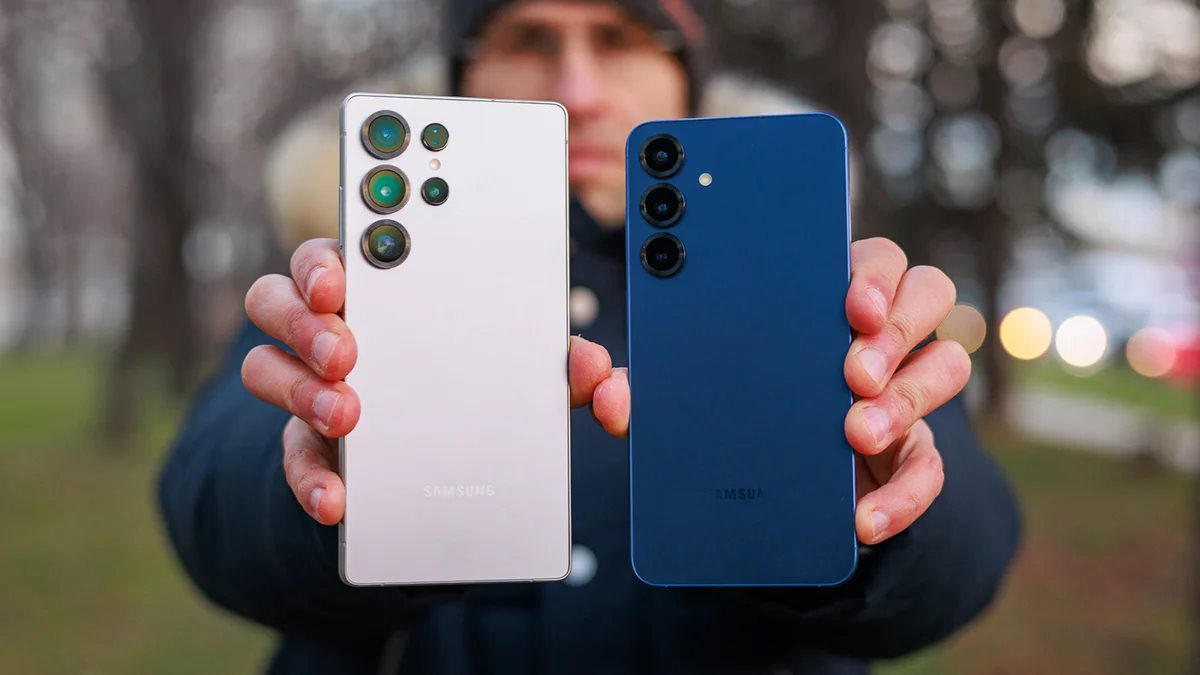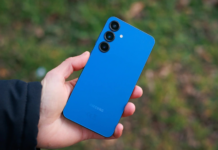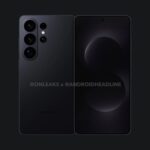
Samsung Galaxy S26 lineup rumors: What to expect
It seems Samsung has finalized its Galaxy S26 lineup. Early rumors suggested the company might ditch the Plus model in favor of an ultra-thin Edge variant, but these have proven false—or perhaps Samsung had a last-minute change of heart upon seeing underwhelming sales projections.
Regardless, the Galaxy S26 Plus is set to launch early next year, and leaks have already given us a complete look at what to expect.
However, despite all the buzz, the Galaxy S26 Ultra remains the center of attention. Yet, the truth is, no one seems to care about the S26 Ultra anymore.

Why the Galaxy S26 Plus deserves more attention
According to Phone Arena, the Ultra line has been disappointing year after year with its slow innovation pace and stubborn inclusion of the S Pen, an accessory few actually use. Meanwhile, the Galaxy S26 Plus remains in an awkward middle ground: close to being a true flagship, yet always missing one or two critical upgrades.
This year, that needs to change. Samsung must make the Galaxy S26 Plus perfect right out of the gate.
Anti-glare display is a must
Samsung is the undisputed leader in display technology, supplying panels for most flagship devices today.
However, the company reserves one special feature exclusively for itself—and specifically, for just one model. That’s the incredible anti-reflective coating, currently only available on Ultra models (starting from the S24 Ultra).
With screen brightness reaching its practical limits, it’s time to focus on real-world visibility and the critical role of anti-glare technology.

The importance of anti-glare technology in modern displays
Samsung understands this, yet they’ve refused to bring this feature to the S26 Plus. The unspoken logic is that this exclusivity will drive users to the pricier Ultra model. But in reality, the S26 Plus isn’t a budget phone—it’s still a premium flagship. Adding this upgrade could genuinely attract iPhone users to switch to Samsung.
A single, high-quality telephoto camera
There’s another issue with the Ultra’s spec-heavy approach. Its dual zoom cameras look impressive on paper but are somewhat redundant in practice.
While boasting about the best zoom camera is fun, let’s be realistic: most users would be perfectly happy with a single, high-quality telephoto lens paired with sensor cropping. Look at the latest camera-centric phones from China. They’ve largely agreed: a 3X to 4X telephoto lens with a large sensor delivers 90% of the performance of dual setups.
The S26 Plus already has a 3X camera, but Samsung hasn’t upgraded its sensor in years. It’s a tiny sensor that performs poorly in low light.
We desperately need an upgrade here. Keep the 3X lens but improve the sensor. Add macro capabilities to the telephoto lens. Small improvements like these would elevate the S26 Plus to a new level. After all, a reliable telephoto camera is more practical than the Ultra’s excess.

Upgrading the Galaxy S26 Plus camera system
Bigger battery, no excuses
The S26 Ultra sacrifices battery space for the S Pen, and it shows in the specs. If Samsung insists on keeping the stylus in the Ultra, fine—but compensate the S26 Plus with a massive battery.
And please, no more excuses about “AI optimizations” solving the problem.
We simply need a larger battery with higher energy density to ensure the phone lasts no matter how you use it.
Silicon-carbon battery technology seems like the perfect solution here.
Upgrade the selfie camera
A significant portion of social media content revolves around selfies, so it’s odd that many flagships still treat the front camera as an afterthought.
You use it for more than just social media. Working from home? You’re on video calls. Quick snapshot in a store? Front camera. Group hangout with no one to take the photo? Front camera again.

The importance of a high-quality selfie camera
Yet, Samsung persists with a narrow-angle selfie camera, insufficient for wider shots or group photos. The iPhone 17 has shown there’s still room for innovation here, with features like a square sensor allowing you to rotate selfies without turning the phone. Samsung needs to catch up.
And yes, add a dedicated shutter button
This might be controversial, but it’s absurd that most people use their cameras multiple times daily without a dedicated shutter button. Meanwhile, a niche feature like the S Pen gets its own space on the S25 Ultra.
Every self-proclaimed “camera phone” should have a shutter button. After using an iPhone for years, reaching for a physical button to capture spontaneous moments has become second nature. Its absence on most Android phones feels like a glaring omission.
We need a real button—not a pressure-sensitive one, which seems more annoying than useful, but a programmable physical button.
For photography enthusiasts, it’s simply a faster way to take photos, making the process feel more intentional than tapping a screen.
Galaxy S26 Ultra Unveiled with Fresh Design and Galaxy Z Fold7-Inspired Camera Array
Introducing the Galaxy S26 Ultra: stunning new renders and 360-degree videos reveal a reimagined camera module, a sleeker profile, and a slightly larger footprint compared to the S25 Ultra, months ahead of its official launch.









































